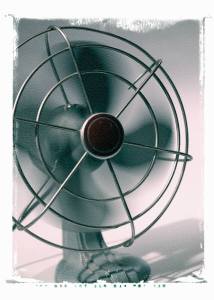Tags
Air conditioning, bay area, Business, buyer, california, Ceiling fan, Energy conservation, gold country, Home, Home and Garden, home buyer, Homemaking, homeowner, Housekeeping, Interior design, northern california, real estate, real estate agent, realtor, seller, vacation, vacation home, vacation properties, yosemite
Ceiling fans do more than just add a decorative touch to your home. They can also subtract from the bottom line of your energy bills.
- In summer, a cool breeze generated by a fan can save on air-conditioning costs. In winter, most fan blades can be reversed to circulate down warm air that would otherwise be trapped at ceiling level. This will help you feel warmer and allow you to turn the heat down.
- Ceiling fans usually have either a direct-drive motor or a friction drive motor. Direct-drive motors have fewer moving parts, run more quietly and are more efficient than friction-drive motors —unfortunately they are also more expensive.
- Most fans have one to three speeds. Running a fan at its slowest speed is still effective at circulating the air — without whipping up a breeze.
- Pull-chain or wall switches control the operation and speed of most fans. Some models also have a switch that reverses the direction of the blades. When the blades are reversed, air flows up toward the ceiling and down the walls, eliminating drafts.
- A fan with a 36- or 38-inch blade span is adequate for a room measuring 10×10 feet or less. Larger rooms may require fans as large as 54 inches in diameter.
- Most fans hang down between 12 and 24 inches from the ceiling. For physical safety and psychological comfort, be sure the blade of the fan is at least seven feet above the floor.
For more energy-saving tips, or other home improvement suggestions, call Val Ogletree Sugar Pine Realty at (209) 559-5725.

